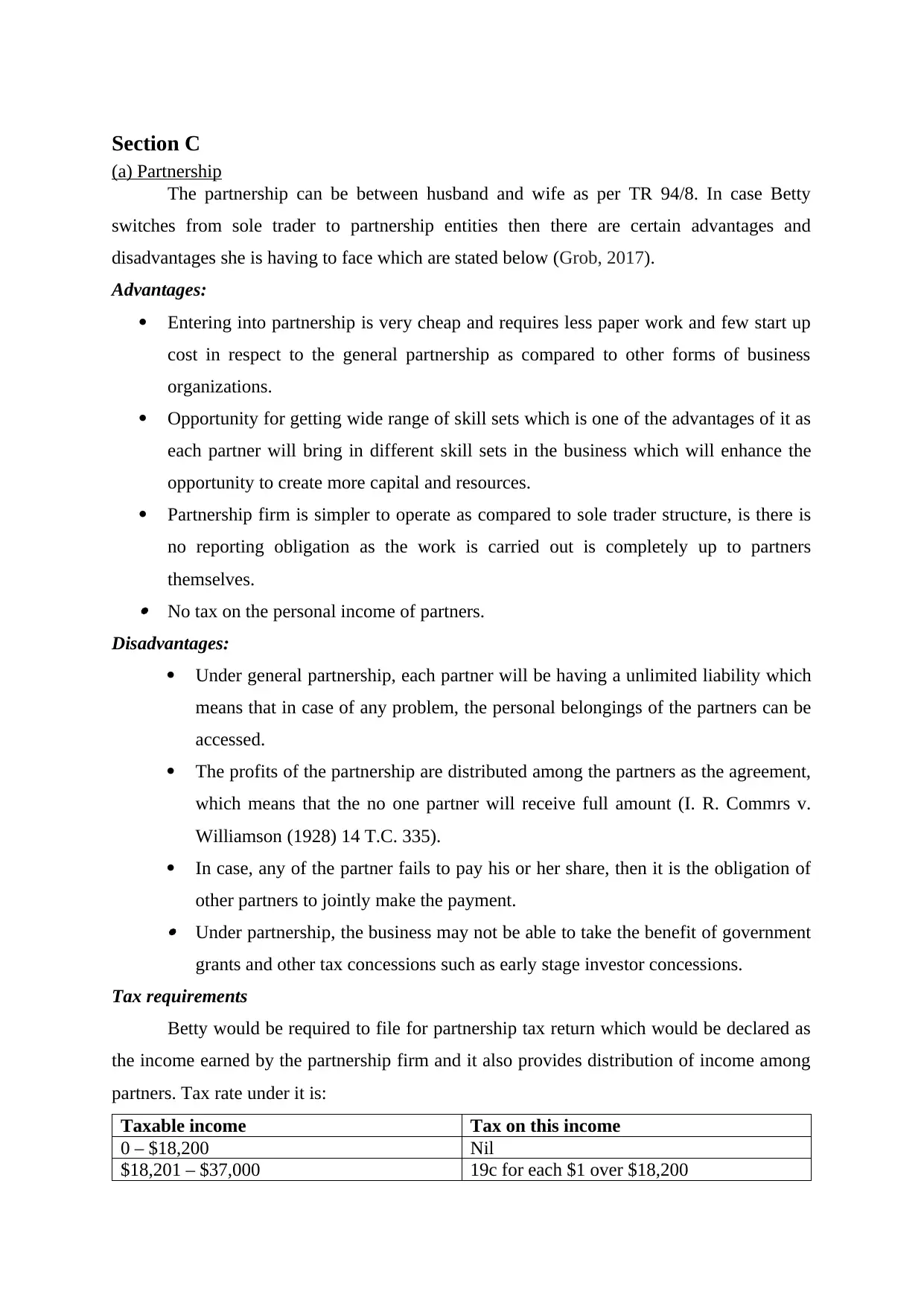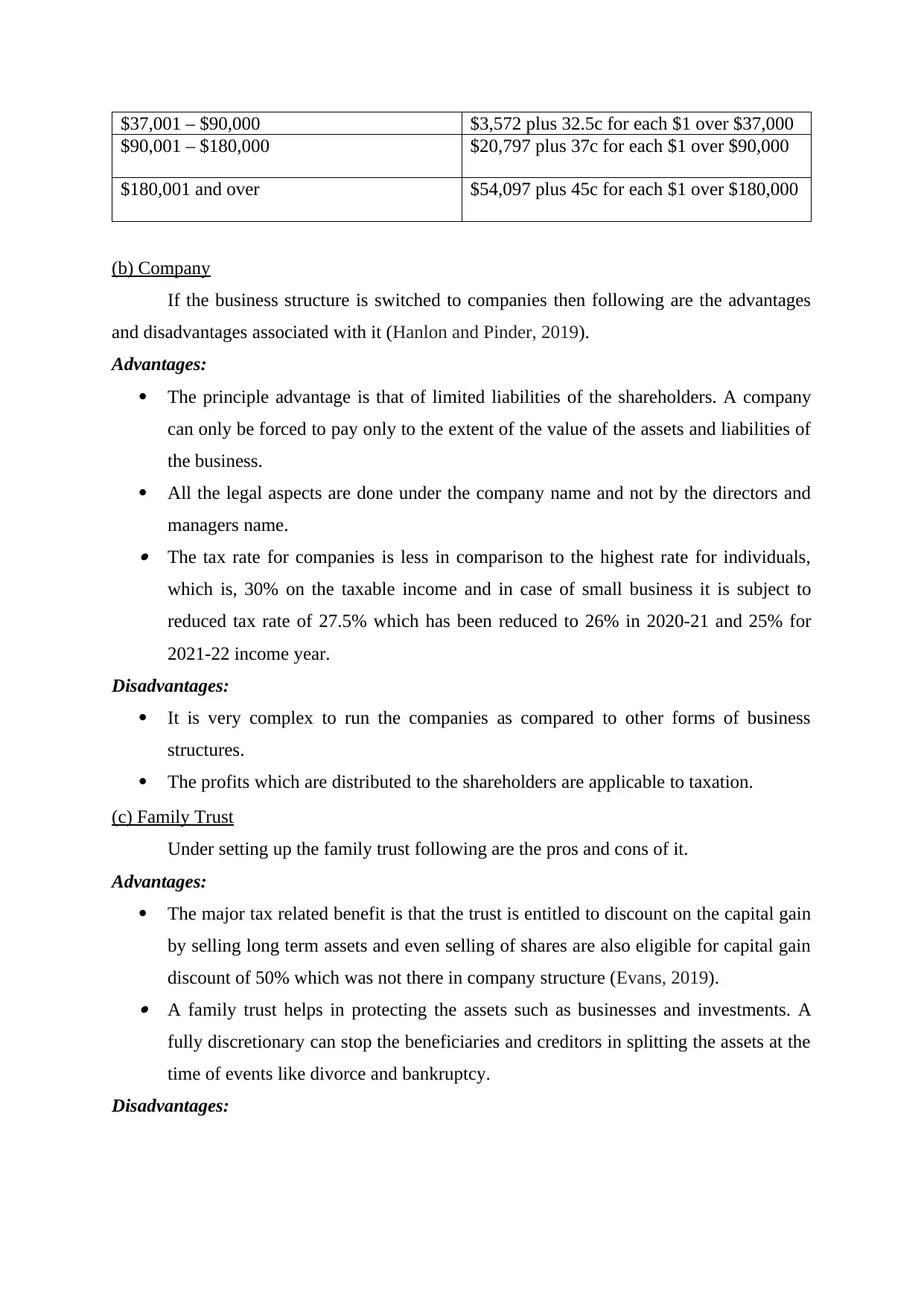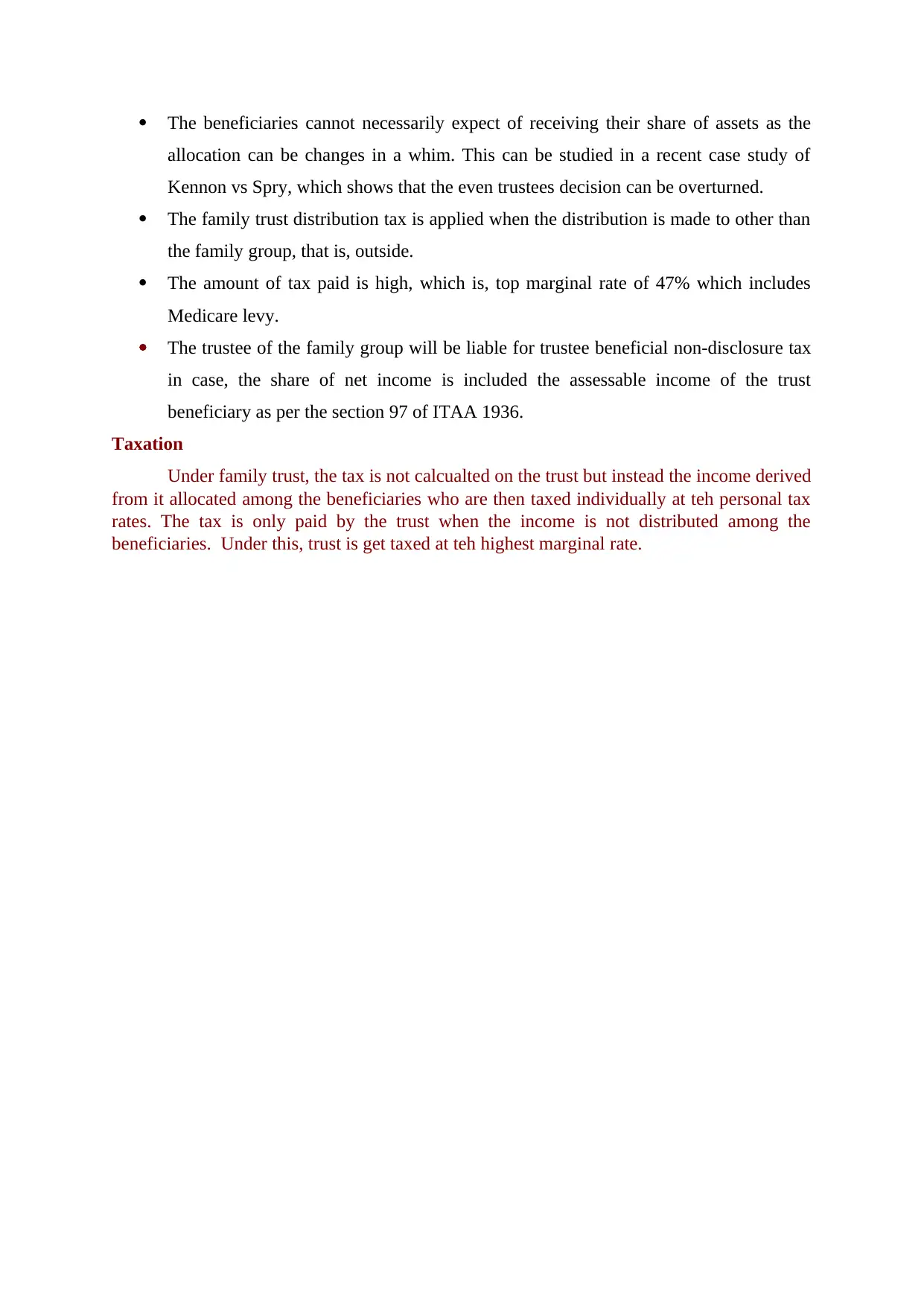This document discusses the advantages and disadvantages of three business structures: partnership, company, and family trust. It explores the tax requirements and implications for each structure. The advantages of partnership include low start-up costs and access to a wide range of skill sets. However, partners have unlimited liability and profits are distributed among partners. Companies offer limited liability for shareholders and lower tax rates. However, running a company is complex and profits are subject to taxation. Family trusts provide tax benefits and asset protection. However, beneficiaries may not receive their expected share of assets and high taxes are applicable. The document also provides information on tax rates for each structure.
![[object Object]](/_next/static/media/star-bottom.7253800d.svg)
![[object Object]](/_next/static/media/star-bottom.7253800d.svg)





